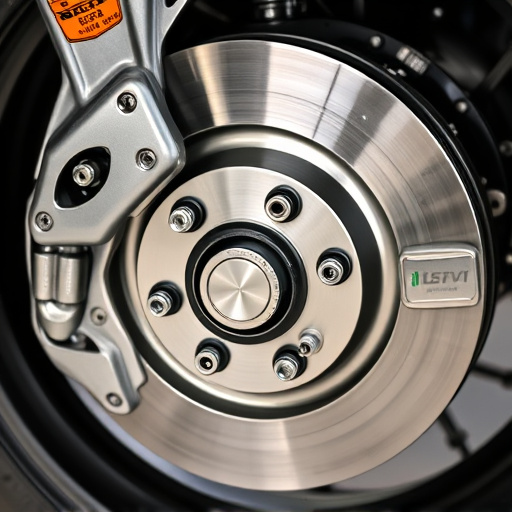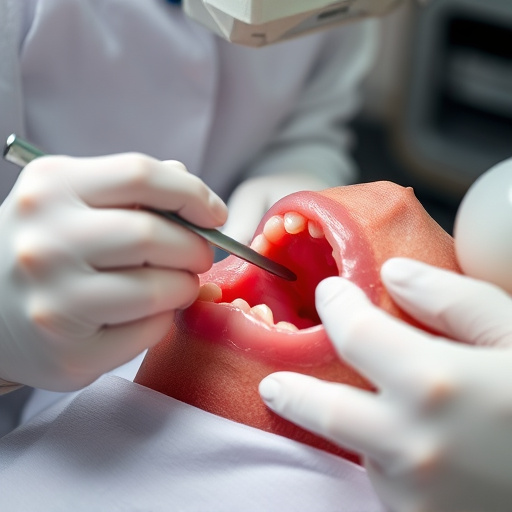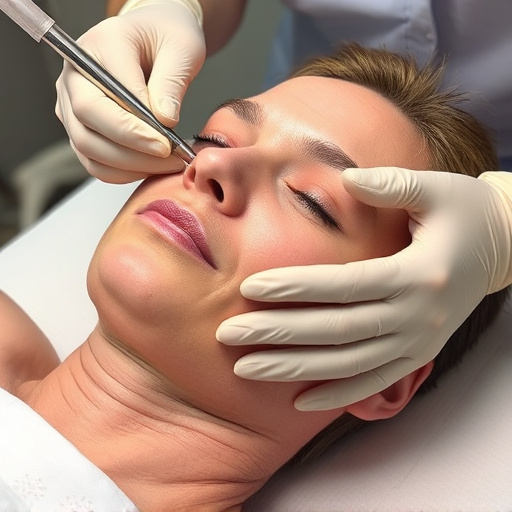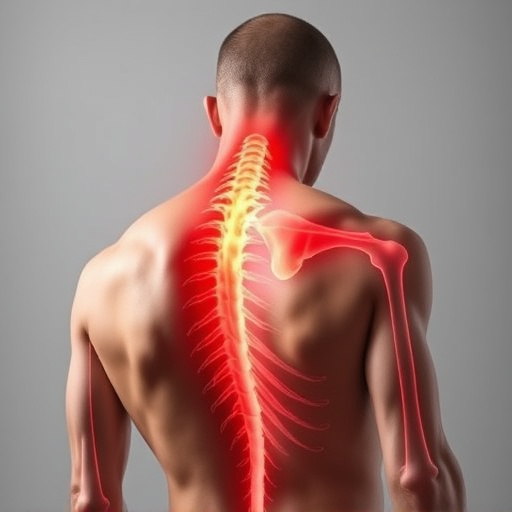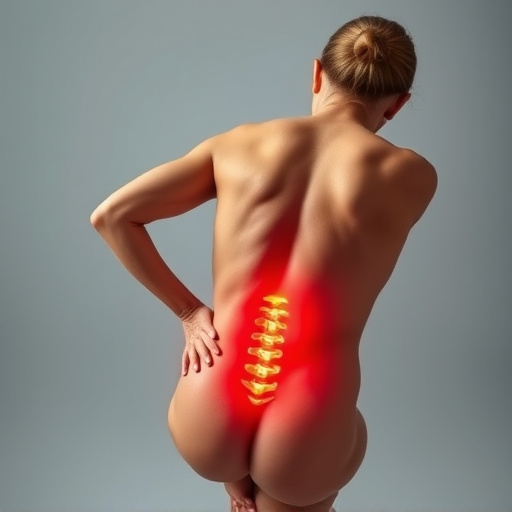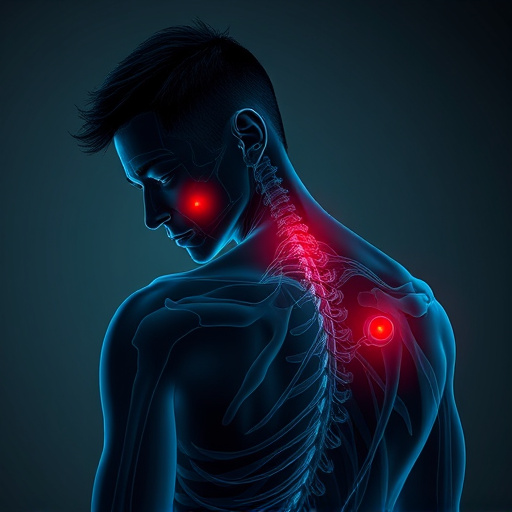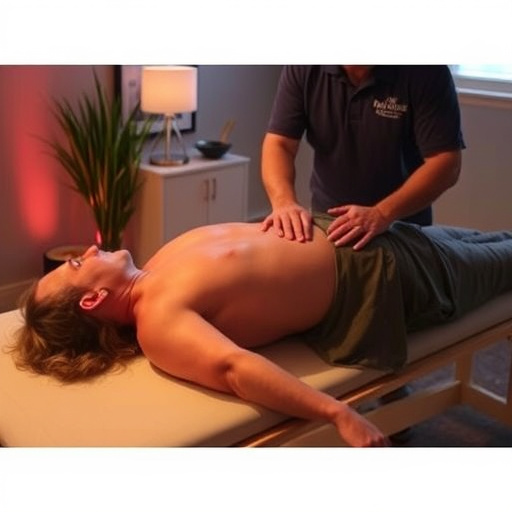Ergonomic injury treatment involves a holistic approach combining targeted massage therapy with conventional methods to address physical symptoms and root causes. Massage speeds up recovery, reduces muscle tension, improves joint mobility, complements other treatments, and offers psychological benefits, ultimately accelerating healing and preventing future injuries.
In today’s sedentary world, ergonomic injuries are on the rise. This comprehensive guide explores the intersection of massage therapy and ergonomic injury treatment protocols. We delve into the causes and impact of ergonomic injuries, highlighting their prevalence in modern life. The article then delves into the therapeutic benefits of massage for rehabilitation, backed by scientific evidence. Finally, we provide practical strategies for integrating massage into tailored ergonomic injury treatment plans, offering a holistic approach to healing and prevention.
- Understanding Ergonomic Injuries and Their Impact
- The Benefits of Massage in Rehabilitation
- Integrating Massage into Ergonomic Injury Treatment Plans
Understanding Ergonomic Injuries and Their Impact

Ergonomic injuries are a growing concern in today’s world, where many individuals spend extended periods sitting at desks or working on digital devices. These injuries result from prolonged poor posture and repetitive tasks, leading to issues like musculoskeletal disorders and joint pain. Understanding these conditions is crucial for effective ergonomic injury treatment protocols.
When left untreated, ergonomic injuries can have severe consequences, affecting an individual’s overall quality of life. Post-injury care should focus on providing relief from joint pain while promoting better body mechanics and workplace adjustments to prevent future incidents. By combining massage therapy with traditional ergonomic injury treatments, professionals can offer a holistic approach to healing and rehabilitation, addressing both the physical symptoms and underlying causes of these common work-related ailments.
The Benefits of Massage in Rehabilitation

Massage is an incredibly effective complementary therapy when integrated into ergonomic injury treatment protocols. By promoting relaxation and enhancing blood circulation, it accelerates the healing process for musculoskeletal disorders often associated with prolonged periods of immobility or repetitive stress. This ancient practice not only reduces muscle tension and stiffness but also improves joint mobility, enabling patients to regain their range of motion.
Incorporating massage into injury rehabilitation regimens can significantly boost patient outcomes. It aids in the reduction of pain and inflammation, accelerates tissue repair, and facilitates faster recovery times. Moreover, massage therapy complements other therapeutic modalities such as physical therapy and shockwave therapy by improving overall circulation, ensuring nutrients and oxygen reach damaged tissues more efficiently.
Integrating Massage into Ergonomic Injury Treatment Plans

Integrating massage into ergonomic injury treatment plans offers a holistic approach to rehabilitation, addressing both physical and psychological aspects of recovery. Massage therapy can complement standard protocols designed to correct postural imbalances, improve joint mobility, and enhance overall ergonomics. By targeting specific muscle groups affected by prolonged periods of poor posture or repetitive motions, massage helps alleviate tension and promotes faster healing.
This integrated approach is particularly beneficial for those suffering from chronic pain relief, as massage can reduce inflammation and stimulate the release of endorphins, natural painkillers. Moreover, combining massage with ergonomic injury treatment can accelerate the recovery process in sports injury treatment, allowing athletes to regain mobility and strength more quickly. Such a comprehensive strategy ensures that patients not only regain functionality but also develop long-term strategies to prevent future ergonomic injuries.
Combining massage with ergonomic injury treatment protocols offers a holistic approach to rehabilitation, addressing both physical discomfort and underlying structural issues. By integrating these techniques, healthcare professionals can enhance patient outcomes, reduce recovery times, and promote long-term wellness for those suffering from ergonomic injuries. This synergistic method of care ensures that individuals not only alleviate immediate symptoms but also gain the strength and flexibility necessary to prevent future ergonomic-related ailments.

